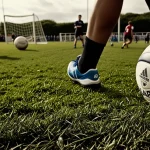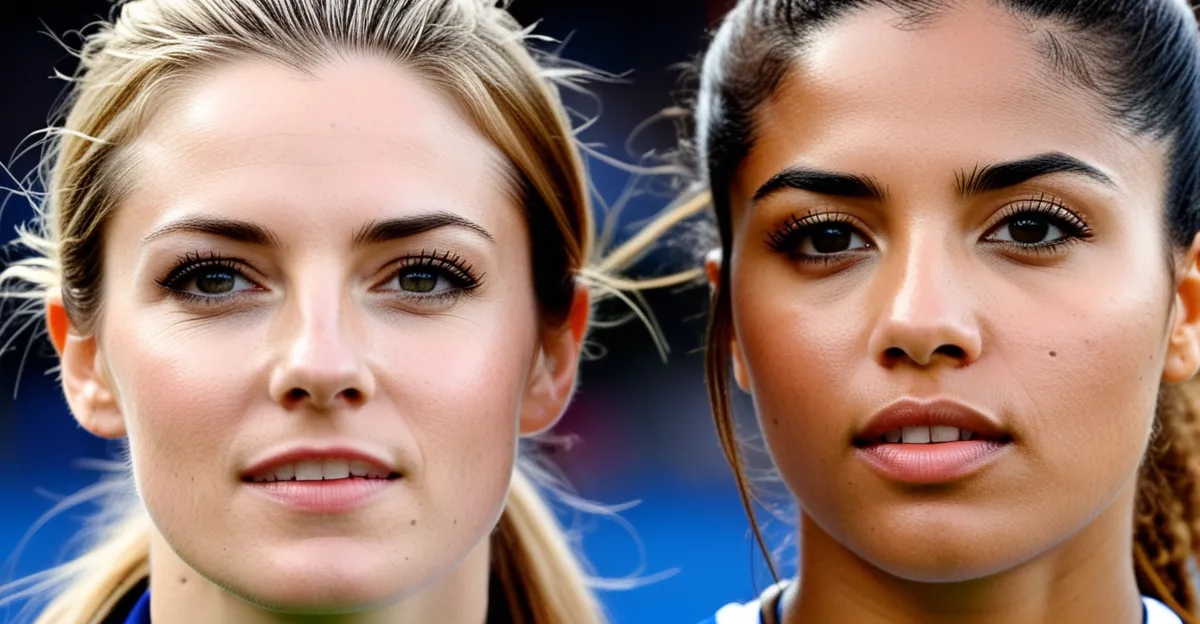Overview of Gender Equality in UK Sports
Understanding the current landscape of gender equality in UK sports requires examining participation rates, representation, and the policies shaping opportunities. While significant progress has been made toward leveling the playing field, challenges remain in ensuring equal access and recognition for female athletes.
Sports serve as a vital platform for social progress by promoting inclusivity and breaking down entrenched gender stereotypes. The visibility of women in sport UK spheres not only inspires future generations but also challenges societal norms that have historically marginalized female athletic achievement.
Also read : What are the challenges facing UK sports talent development?
The government and relevant institutions reflect this commitment through explicit policies dedicated to fostering equal opportunities in sport. These policies aim to address inequalities by encouraging female participation, protecting rights, and providing funding aligned with gender equity goals. Together, they form the structural backbone supporting ongoing efforts to elevate women in UK sports across all levels, from grassroots initiatives to elite competition.
Policies and Initiatives Supporting Gender Equality
The landscape of gender equality policies UK sport reflects a growing recognition of the need for targeted action within UK sports organisations. These bodies, including Sport England and the Football Association (FA), have implemented frameworks aiming to boost female participation and foster inclusive environments. For example, the FA’s commitment to growing women’s football is part of a broader strategy that aligns funding, coaching development, and community outreach to encourage girls and women at every level.
Topic to read : How Can Playing Sports Impact Mental Health in the UK?
Significant sports equality initiatives such as This Girl Can have played a transformative role by challenging stereotypes and motivating women to engage in physical activity without fear of judgment. This campaign’s success lies in its accessibility and positive messaging, which resonate across diverse demographics. Similarly, the Women in Sport charity has advanced policy discussions while securing grants that directly support female athletes and organisations prioritising gender parity.
Government-led funding and grant programs supporting female athletes present practical tools to dismantle financial barriers. These resources enable women to access quality training, coaching, and competitive opportunities, crucial elements in maintaining long-term participation and excellence. Collectively, these policies and initiatives exemplify how coordinated efforts within UK sports organisations create sustainable pathways toward genuine equality.
Participation and Representation of Women in UK Sports
The female sports participation UK landscape reveals steady growth but also highlights persistent challenges in achieving full inclusivity. Recent data indicates increasing numbers of women and girls engaging in sport at grassroots and competitive levels. However, participation rates still lag behind those of men, underscoring continuing barriers such as limited access to facilities, cultural stereotypes, and unequal resource allocation.
In terms of women’s sport representation, progress is evident in team selection, coaching roles, and leadership positions within various UK sports organisations. Yet, disparities remain, particularly at elite levels where female athletes often receive less visibility and support compared to their male counterparts. Addressing these gaps requires sustained efforts in talent identification, mentoring programs, and visible role models that can inspire wider involvement.
Sports inclusion UK efforts focus on creating environments where women feel welcome and supported at every stage. Notable female leaders and athletes have emerged as powerful advocates for equality, demonstrating how representation impacts participation. Their visibility challenges traditional norms and encourages young women to pursue sport confidently. Overall, increasing female sports participation UK is a multifaceted goal, driven by policy, culture change, and the promotion of inclusive opportunities.
Media Coverage and Public Perception
Media coverage of women’s sports in the UK plays a crucial role in shaping societal attitudes toward gender equality in UK sports. Despite increases in female participation and representation, women athletes media presence continues to be disproportionately low compared to their male counterparts. Studies reveal that only a small fraction of sports media content focuses on women’s events, which limits the public’s exposure to female athletes and can hinder efforts toward equal recognition.
How does this imbalance affect public perception of gender equality in sport? The limited coverage perpetuates stereotypes, reinforcing the notion that men’s sports are more valuable or entertaining. Women’s achievements often receive less extensive analysis and fewer narrative features, restricting the visibility that helps build fan bases and sponsorship opportunities. Without equitable media attention, the progress made by women in sport UK risks being undervalued.
Efforts to redress this imbalance include campaigns to increase broadcast airtime and promote diverse storytelling around female athletes. Several UK sports organisations have partnered with media outlets to highlight achievements and generate broader interest. These collaborations are essential for shifting public perception and encouraging a culture that celebrates athletic excellence irrespective of gender. Improving women’s sports media coverage UK not only supports greater equality but also boosts participation by inspiring new generations to engage with sport.
Achievements, Milestones, and Continuing Challenges
The journey toward gender equality in UK sports has been marked by notable milestones and impressive achievements by women athletes in the UK. Historic breakthroughs include increased inclusion of female competitors in traditionally male-dominated sports, landmark victories on international stages, and the establishment of dedicated platforms that elevate women’s visibility in sport. For instance, the success of the England women’s football team in major tournaments has both inspired fans and contributed significantly to shifting public attitudes about women in sport UK contexts.
Despite these advancements, persistent challenges to gender equality in sport remain. Structural barriers such as unequal funding, limited media representation, and lack of consistent access to high-quality training facilities continue to disadvantage female athletes. Additionally, societal expectations and ingrained stereotypes sometimes hinder progress by influencing the allocation of resources and opportunities within UK sports organisations. These challenges highlight the need for ongoing advocacy and policy refinement.
Several case studies illustrate the interplay of progress and hurdles. For example, while grassroots programmes have boosted female sports participation UK, transitioning to elite levels often exposes gaps in support and recognition. Similarly, although initiatives like This Girl Can have improved visibility and empowerment, sustaining momentum demands addressing deeper systemic inequalities. Overall, understanding both the celebrated achievements and the continuing obstacles is essential to advancing gender equality in UK sports comprehensively.









